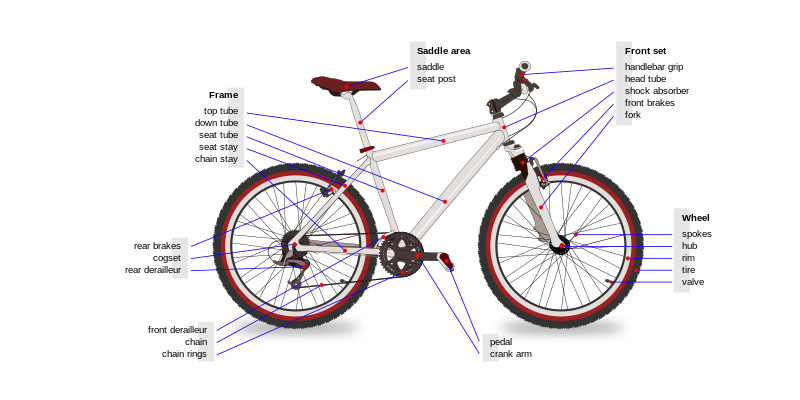-WEB PAGES: The first step is to plan the desing and content of everything that will appear. The steps that you must follow are:
1. Register a domain: you must choose a name that is not already being used.
2. Sign up with a host server: domain registration services may also provide hosting , and web page design companies often include both registration and hosting.
3. Design and create your web page: this will can make your web page more attractive and user-friendly: title, colour combinations, a balanced layout, hyperlinks, visual impact, comments from users and page order.
4. Upload your page to the server: you can use FTP programs to upload your web page to the server. these programs manage the transfer of web page files from your computer´s hard drive to a server.
5. Update your page regularly: remember that if the content is always up to date, people will continue visiting your web page.
-
BLOGS: They were originallyused as online diaries for people to share their personal experiences. Blogs have other characteristics wich made them interesting: the same blog can be shared by various bloggers working together as a team; blogs can include hyperlinks to potos, audio recordings or videos; we can use blogs to make daily reports about a projectand receive helpful feedback from other people; and businesses can use blogs to improve their costumer service.
-
WIKIS: Is a collection of web pages that visitors can edit, modify or expand. The content grows quickly with the contributions of the people working on it.




